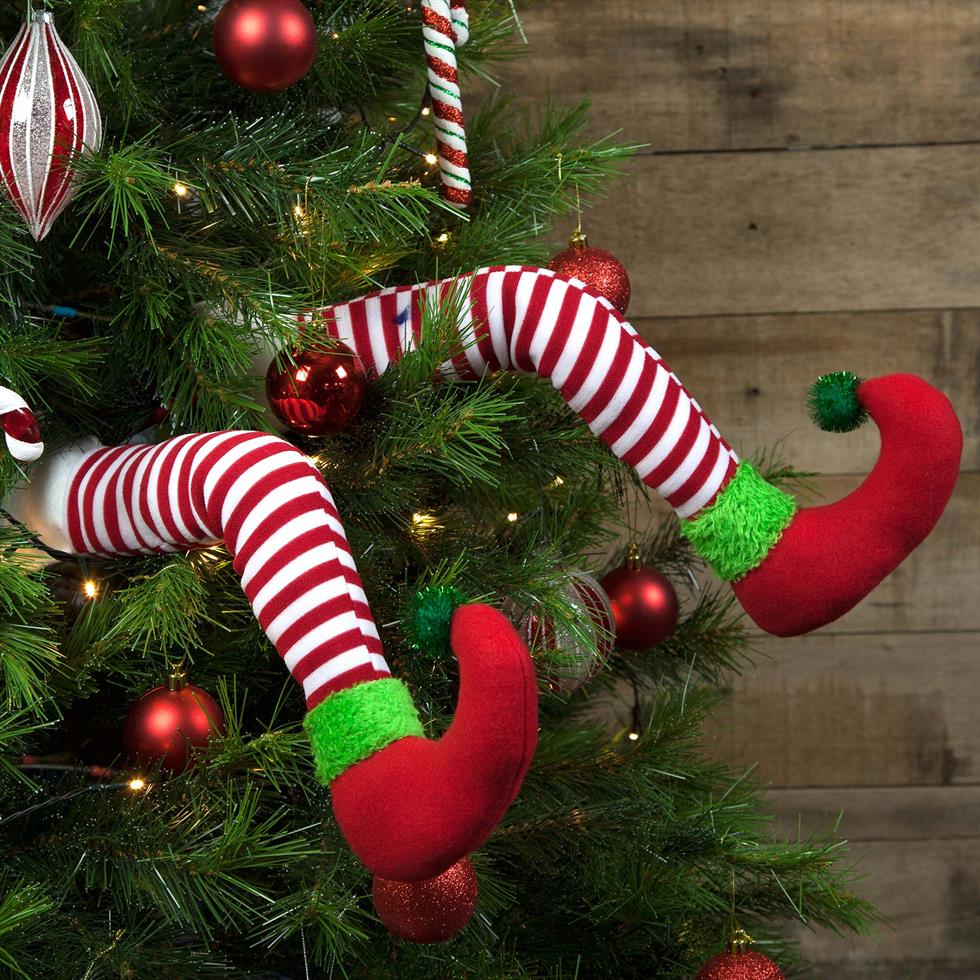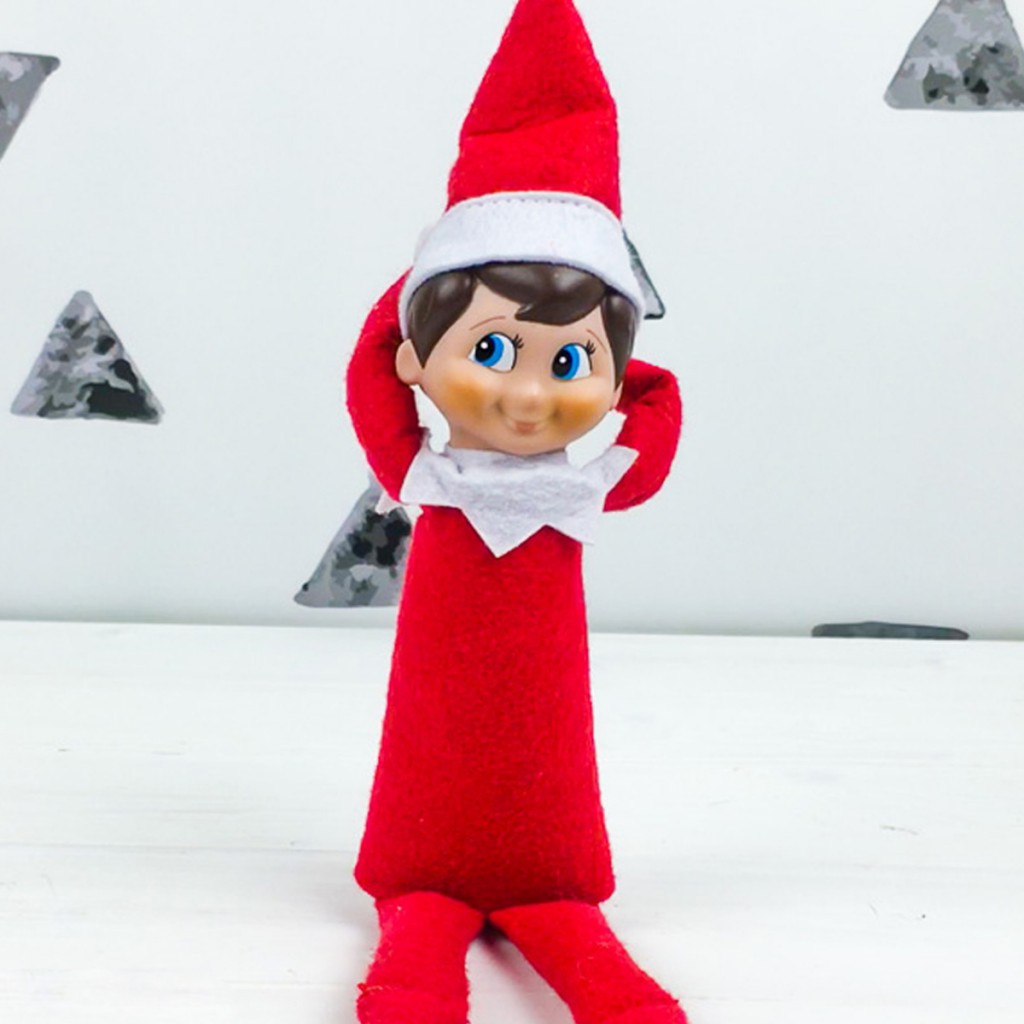


Mitch’s Blog
Orwell on a Shelf
Sunday, December 24, 2017
My education into the holiday season traditions of the 21st century teen decade began at Bed, Bath, and Beyond a week before Christmas last year. Josh and I weren’t even there shopping for gifts, but to find him a humidifier for his nasty chest cold. We found it, nestled between the reindeer towels and the ceiling-high stack of aroma-scented aerators. In the lengthy wait for an available checkout station, we were pushed up against the Hanukkah (or Chanukkah or Hanuka or… whatever, some people worry about how to spell it) display case.
 Josh got a good laugh out of one of the items. A Mensch on a Bench. Yeah, it was funny, some old bearded Ashkenazi hanging around for the Jewish Christmas. It wasn’t until later that I was told that this was the American Jewish equivalent to the Elf on the Shelf.
Josh got a good laugh out of one of the items. A Mensch on a Bench. Yeah, it was funny, some old bearded Ashkenazi hanging around for the Jewish Christmas. It wasn’t until later that I was told that this was the American Jewish equivalent to the Elf on the Shelf.
Certainly most American parents of small children had heard of Elf of the Shelf, even if it was news to me. Subject of a self-published book in 2011 by a pair of entrepreneurial Georgia women and their mother, the Elf doll watched over children during the critical month before Christmas and gave Santa daily reports of good and bad behavior. The women legally incorporated their Elfishness, presumably without paying royalties to the denizens of the North Pole, and have turned the little nippers into a major industry—dolls, a movie, toys, clothes. Book sales are reported to be in the millions. There is an 8 page legal agreement to sign if you want to be an Elf vendor. With their rocketing success, they decided to expand the franchise, a birthday Elf for the other 11 months in the year. Given America’s expansion of the Christmas shopping season to begin at Labor Day, they creatively figured out a way to increase their Christmas sales window by another 8 months.
 The Elf’s task is to watch children from a convenient household shelf and report to Santa nightly. Santa’s gift list was adjusted upward or downward based upon this intelligence. The Elf magically moves each evening after kids are abed to a different location for the following day’s surveillance. Among the elven rules: it is explicitly forbidden for children to touch the shelved elf. Why this was part of the package is still uncertain to me. Would the kids try to bribe him into positive reporting if they could get their chocolate-stained fingers close enough? Torture him into falsifying the news to Santa? Feed him to the dog to avoid being watched?
The Elf’s task is to watch children from a convenient household shelf and report to Santa nightly. Santa’s gift list was adjusted upward or downward based upon this intelligence. The Elf magically moves each evening after kids are abed to a different location for the following day’s surveillance. Among the elven rules: it is explicitly forbidden for children to touch the shelved elf. Why this was part of the package is still uncertain to me. Would the kids try to bribe him into positive reporting if they could get their chocolate-stained fingers close enough? Torture him into falsifying the news to Santa? Feed him to the dog to avoid being watched?
The Elf spy network has been met with more than a little – and quite legitimate—criticism over the past few years. You can start with the consumerism it engenders: Be nice, not naughty, and Santa will reward you with lots of presents. And he’ll know, really know, because his spies are watching your every move. If you’re a good little kid, your tangible rewards will magically appear, as will the charges on your parents’ January credit card bill. It would not be surprising if Walmart were behind the Elf phenomenon.
There’s a more chilling part. Your Elf is watching, always watching. You don’t need to be paying much attention to media and/or state privacy issues surrounding us daily to know that it isn’t just the cute little elves who have access to our every motion and notion, including this blog. Few of us would invite such a sinister character into our homes to watch us... except maybe Santa’s sidekick who is taking notes on my every expression from the camera on my laptop. And Google’s digital elves are dutifully recording every click as I surf the web looking for information on the elven spy ring, so they can post relevant ads next to my list of email messages . And…well, you get the point.

 Laura Pinto, an educational researcher at the University of Ontario Institute of Technology, pointed out in an interview that “If you grow up thinking it’s cool for the elves to watch me and report back to Santa, well, then it’s cool for the NSA to watch me and report back to the government.” Her research article on this goes as far as citing Foucault’s panopticon in defining the elf peril to contemporary society. If the elf empire had a sense of humor, they’d design one of them to look like Foucault. Or maybe like Animal Farm’s spy raven Moses.
Laura Pinto, an educational researcher at the University of Ontario Institute of Technology, pointed out in an interview that “If you grow up thinking it’s cool for the elves to watch me and report back to Santa, well, then it’s cool for the NSA to watch me and report back to the government.” Her research article on this goes as far as citing Foucault’s panopticon in defining the elf peril to contemporary society. If the elf empire had a sense of humor, they’d design one of them to look like Foucault. Or maybe like Animal Farm’s spy raven Moses.
Which through happy coincidence brings us back to Moshe/Moses the Mensch, who is distinctly more dwarfish than elven. Designed by a former Hasbro marketing executive, he’s the Hanukkah stand-in for the elf, sitting on a shelf next to the menorah and Hanukkah bush, lit by blue and white strings of light under the eaves outside.
Moshe’s role is almost identical to the elves: “Make sure your kids know that if they behave, your Mensch will let go easily of the Shamash candle, but if they misbehave, he will hold it tight, and they may not get any presents.” He too moves each night and is always watching. In the Jewish tradition of social justice, Moshe instructs you to skip one of the eight nights of presents and buy something for the needy instead. Still, he has a greater resemblance to Trotsky than Tevye. I suspect Jared and Ivanka have him sitting on their shelf this month.
In the true holiday spirit of American consumerism, you can also buy companions for Moshe: Bubbe the kindly grandmother, Hannah the fierce Hanukkah warrior, and even a Dreidel Dog. Regrettably, Hanukkah is already over for this year, but Moshe’s creator can provide you with spy creatures for upcoming holidays, starting with a Passover Afikomensch. Pharaoh would be so proud. So would Orwell.
(c) Scholarly Roadside Service
Photos from themenschonabench.com, thenerdswife.com, thechristmasboutique.co.uk, and humanite.fr.
Back to Scholarly Roadkill Blog
Scholarly Roadside Service
ABOUT
Who We Are
What We Do
SERVICES
Help Getting Your Book Published
Help Getting Published in Journals
Help with Your Academic Writing
Help Scholarly Organizations Who Publish
Help Your Professional Development Through Workshops
Help Academic Organizations with Program Development
CLIENTS
List of Clients
What They Say About Us
RESOURCES
Online Help
Important Links
Fun Stuff About Academic Life


